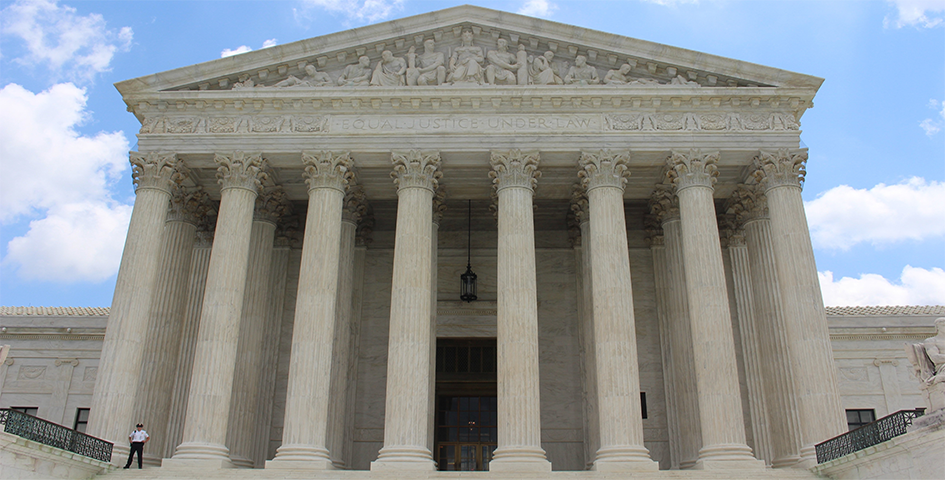
DC Lead Law
- April 29, 2020
The District’s Lead Hazard Prevention and Elimination Act became effective in 2008. It aims to reduce lead-based hazards by protecting DC residents. The law ensures property owners maintain safe homes. These homes must be free of lead-based paint hazards for their tenants. This law is only for owners of pre-1978 residential, multifamily, or childcare facilities.
It is illegal to have lead based paint hazards. A lead-hazard is peeling, flaking, chipping, or cracking paint. All paint is presumed to be lead-based paint. Owners must maintain any deteriorating paint.
How to Properly Maintain Lead Hazards
Abatement procedures or Interim controls maintain lead hazards. The abatement process removes lead paint. Only certified abatement contractors can do an abatement in DC. DC requires a permit for all abatement work.
An interim control reduces lead-based paint exposure. It includes repairing or fixing the paint. This process requires lead-safe work practices. Owners should monitor the paint periodically.
DC requires contractors disturbing paint to follow lead-safe work practices. These contractors include painters, electricians, plumbers, etc. Following these practices means the contractor contains the work area. Containing the area prevents dust and debris from spreading. It also protects the tenant’s belongings.
Get a clearance inspection following an abatement or interim control. Clearance inspections ensure no lead-hazards remain. During a clearance, a lead inspector takes dust wipe samples from the work areas. The samples are sent to an accredited lab. The lab analysis reveals if any high levels of lead dust remain. Hire only DC accredited risk assessors or lead inspectors for a clearance. Clean any areas that failed.
When the District Can Inspect a Property
The District Government can inspect any property containing a lead hazard. They can inspect properties with visible peeling paint. Complaints regarding the presence of lead hazards may trigger an inspection. Properties in neighborhoods with a large amount of lead hazards may also be inspected. A risk assessment may be required to identify lead hazards.
Enforcement Regulations
An owner is in violation if the risk assessment identifies lead hazards. The District Government sends a violation notice. The notice identifies the hazard and the steps to eliminate it. The steps are either interim controls or abatement. The owner is responsible for ensuring their tenants’ safety during the process and may be required to temporarily relocate their tenants. This is at the owner's expense. The owner is also responsible for the cost of the risk assessment.
Tenant Turnover Requirements
An at-risk person is a pregnant woman or child under 6. The law requires a clearance when a pregnant woman or child under 6 will live there. A clearance report must be less than a year old. The owner is responsible for providing the report. It must be prior to the tenant signing a lease or within 30 days of learning of an at-risk person residing or regularly visiting the property.
It is the owner’s responsibility to disclose the presence of any lead hazards. The owner also notifies tenants of any lead-based paint. Any pending actions are also disclosed. Disclosures of the tenant's rights under the law are mandatory.
These disclosures must happen prior to the tenant signing a lease:
- Lead Paint Disclosure Form
- Tenant Rights Under the District’s Lead Law
- Protect Your Family from Lead in Your Home